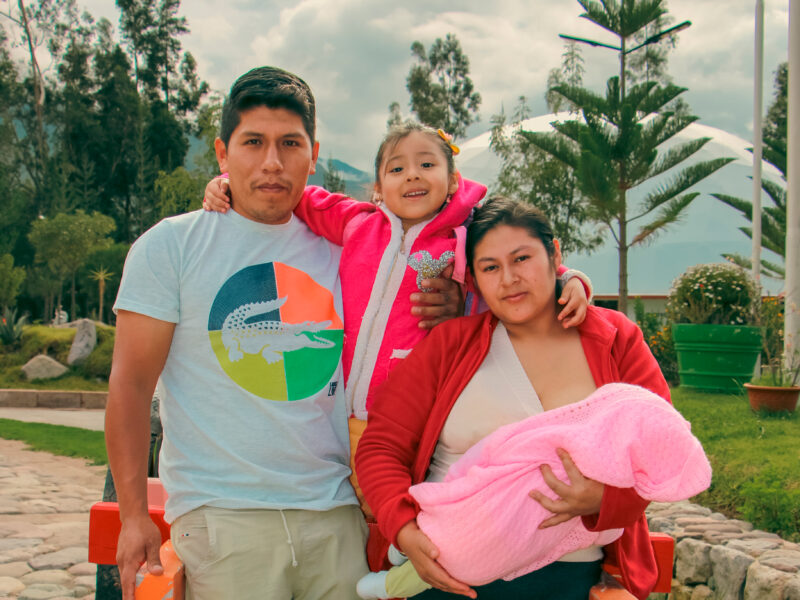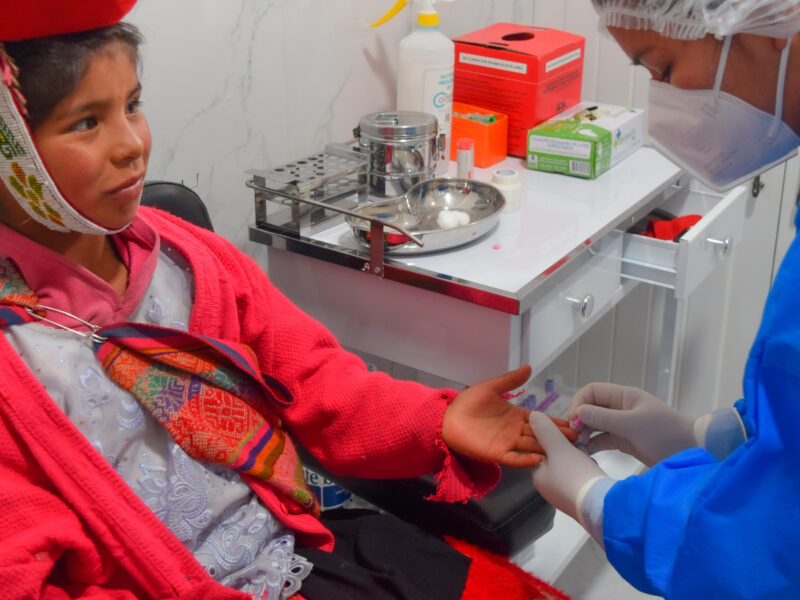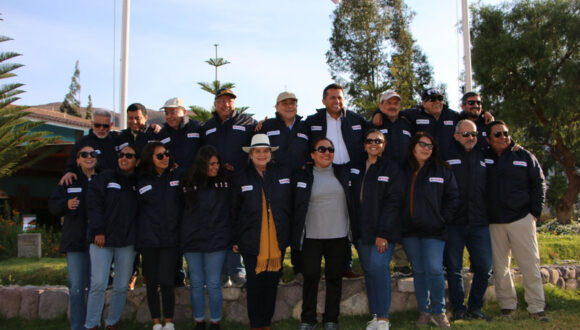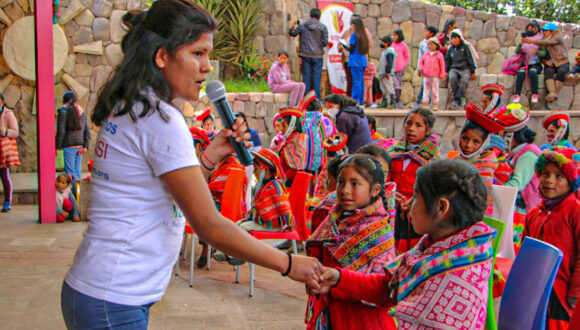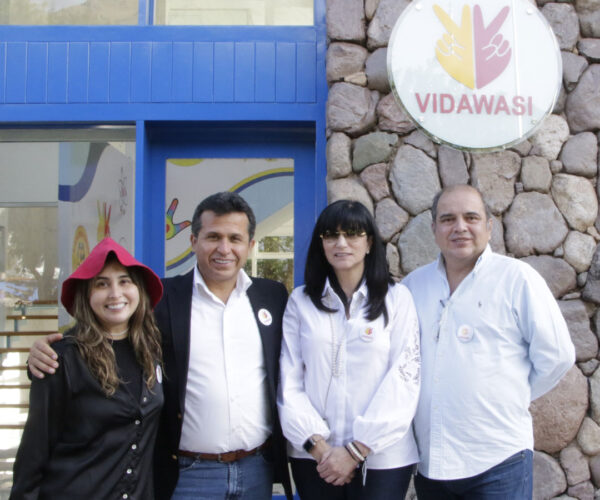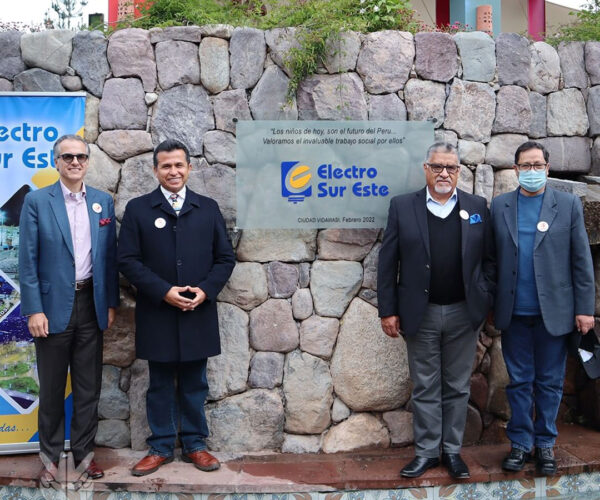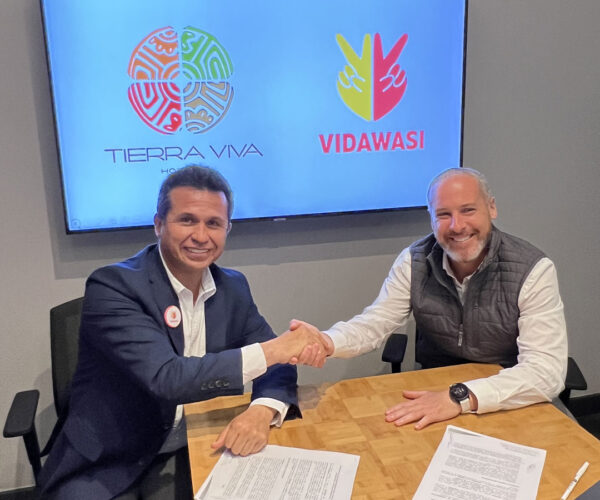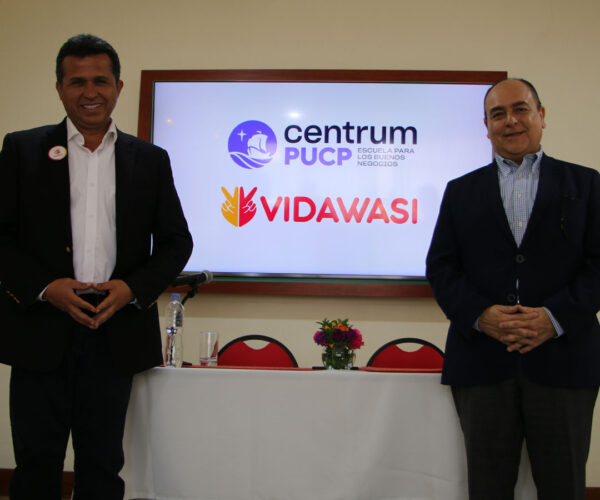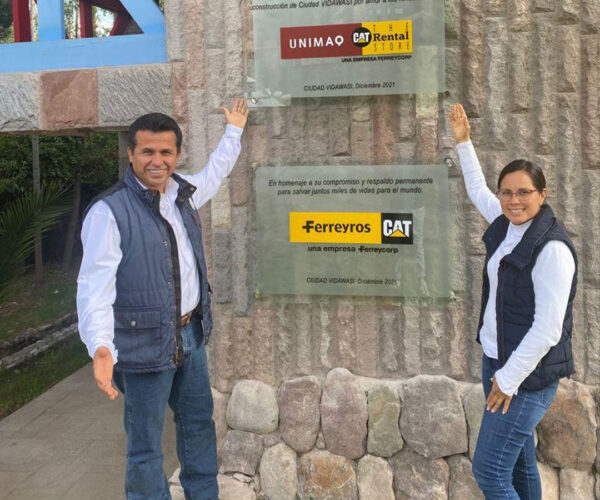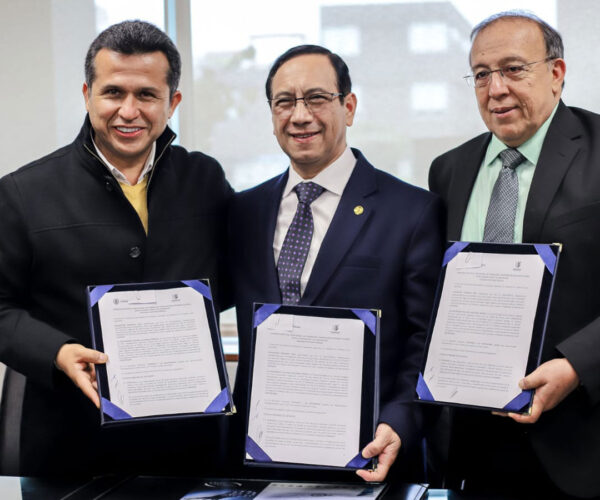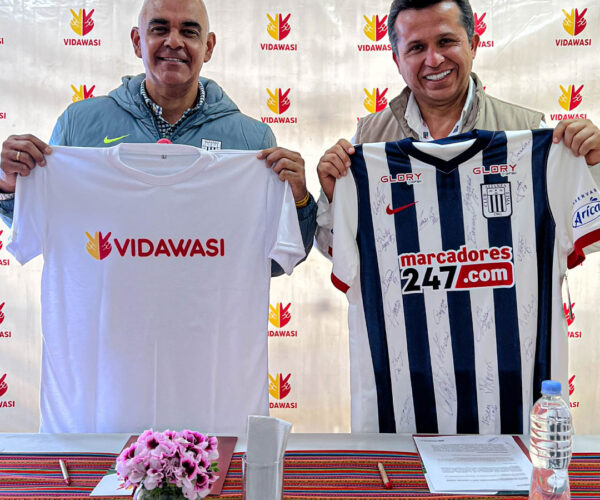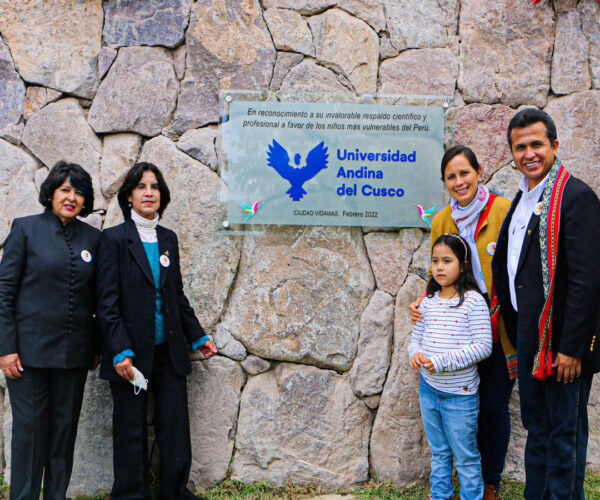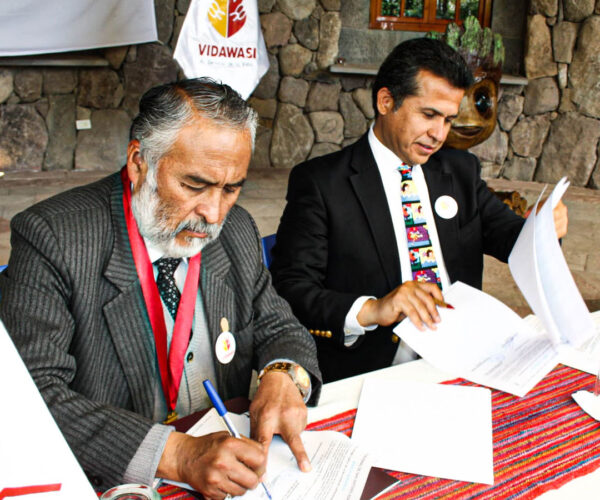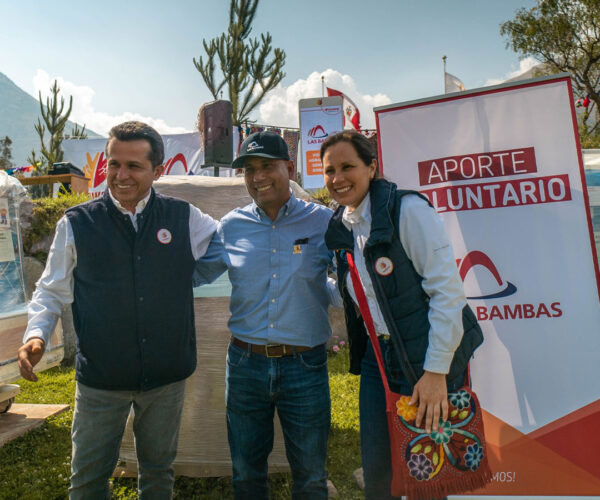Some Takeaways – According to Amy:
-
There are three kinds of destructive beliefs that make us less effective and rob us of our mental strength
1. Unhealthy beliefs about ourselves
2. Unhealthy beliefs about others, thinking that other people can control us which gives away our power (Amy addresses here External Locus of control)
3. Unhealthy beliefs about the world. Thinking that the world owes us something. Amy’s Example: Thinking, “If I put in enough hard work, then I deserve success”. (Amy gives an example here of a cognitive distortion)
Full credits also to Tedx Events.
To book contact Enrique Fabular on 0466731000 or Click Here To Book


